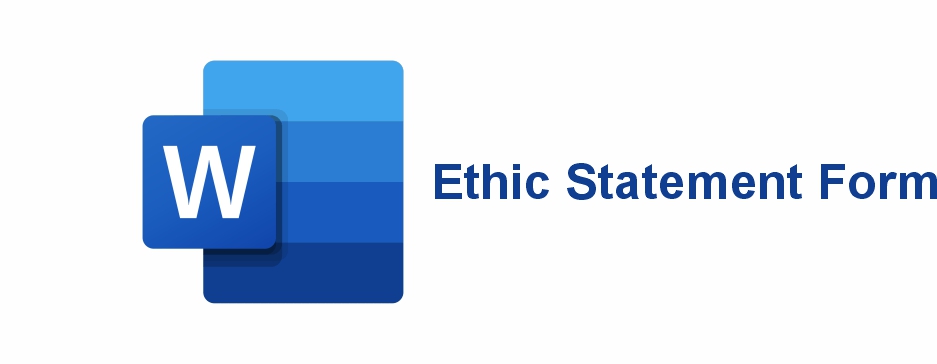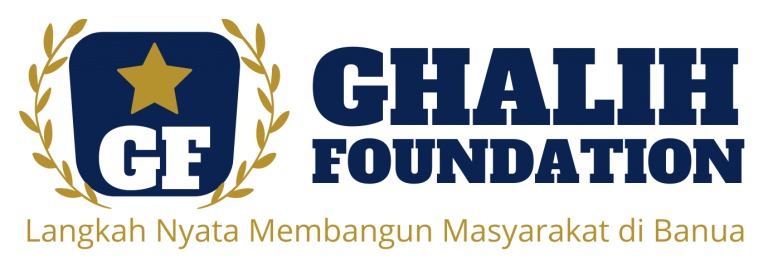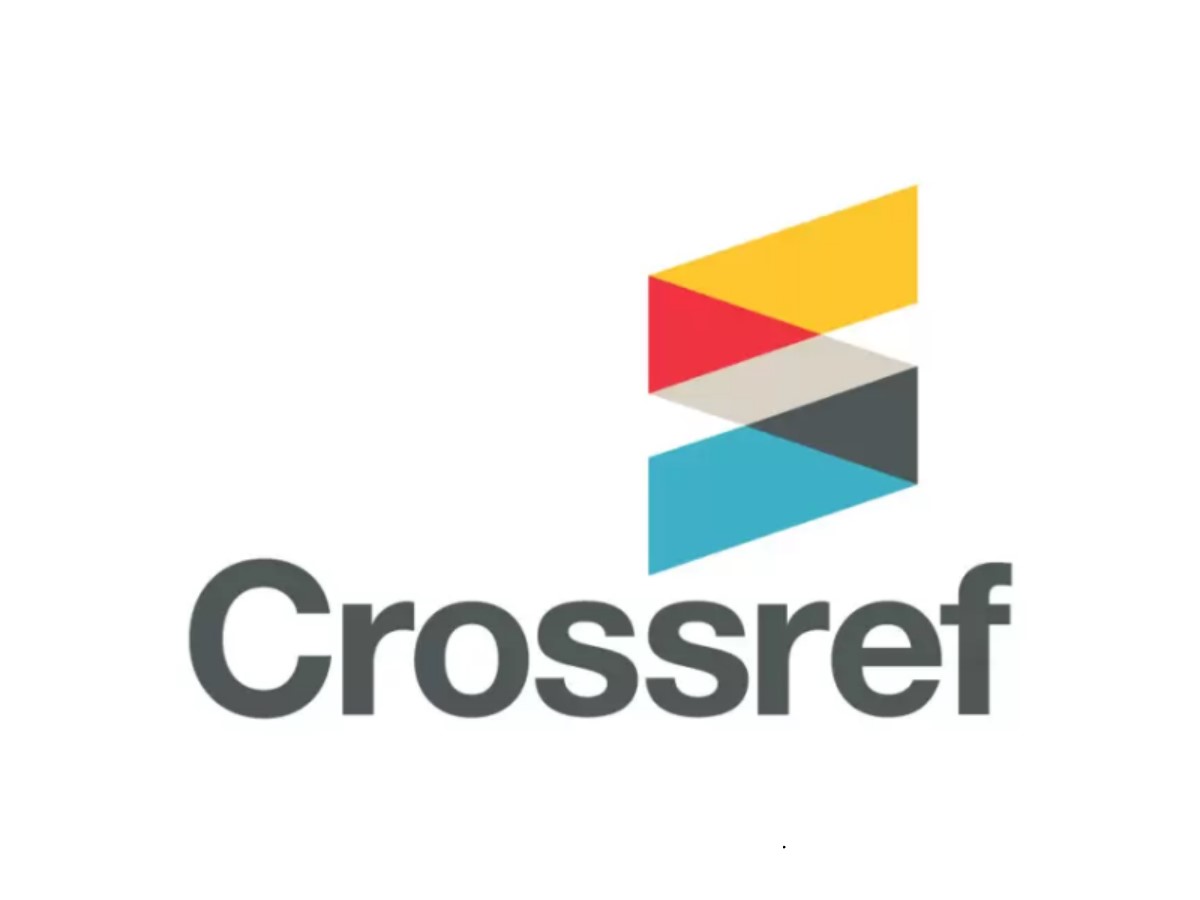THE EFFECT OF DIFFERENT TYPES OF ELECTROLYTES AND CONCENTRATION ON ELECTROCHEMICAL GRAPHENE SYNTHESIS USING SOLENOID REACTOR
DOI:
https://doi.org/10.53893/austenit.v15i1.6270Keywords:
Graphene Synthesis, Electrolyte, Electrochemistry, Concentration, Graphite WeightAbstract
Electrochemical synthesis of graphene is a way to obtain graphene. Graphene as a material that has thermal, magnetic, mechanical, chemical properties, especially in special electrical properties. The development of graphene lies in the method used, one of which is the electrochemical method, where this method has the advantages of being fast, environmentally friendly, and low cost in the production process. In the process, this method requires several main components, namely electrolytes, electrodes, and an electrical supply. The electrolytes used are still very diverse and the search for the right electrolyte continues to increase the production of graphene synthesis. This study focuses on knowing the effect of the Sulfuric Acid (H2SO4), Hydrochloric Acid (HCl), and Vinegar Acid (CH3COOH) as electrolytes in electrochemically obtaining graphene and the effect of electrolyte concentration (0.5M; 1M; and 1.5M). The fixed variable used is commercial graphite with the reactor used is a solenoid modified reactor with a reaction time of 1 hour. The result is that the electrolyte H2SO4 is a very good type of electrolyte in the graphene synthesis process compared to HCl and CH3COOH, it can be seen from a graph containing data in the form of graphite weight after the electrochemical graphene synthesis process, and the greater the concentration, the stronger the electrolyte in the graphene synthesis process, so that more graphite will be eroded and more graphene will be obtained.
Downloads
References
Hashimoto, H., Muramatsu, Y., Nishina, Y., & Asoh, H. (2019). Bipolar anodic electrochemical exfoliation of graphite powders. Electrochemistry Communications, 104, 106475. https://doi.org/10.1016/j.elecom.2019.06.001
Ren, Z., Luo, H., Mao, H., Li, A., Dong, R., Liu, S., & Liu, Y. (2020). Hybrid supercapacitor based on graphene and Ni/Ni (OH) 2 nanoparticles formed by a modified electrochemical exfoliation method. Chemical Physics Letters, 760, 138019. https://doi.org/10.1016/j.cplett.2020.138019
Singh, R., & Tripathi, C. C. (2018). Electrochemical exfoliation of graphite into graphene for flexible supercapacitor application. Materials Today: Proceedings, 5(1), 1125-1130. https://doi.org/10.1016/j.matpr.2017.11.192
Wang, H., Wei, C., Zhu, K., Zhang, Y., Gong, C., Guo, J., & Zhang, J. (2017). Preparation of graphene sheets by electrochemical exfoliation of graphite in confined space and their application in transparent conductive films. ACS applied materials & interfaces, 9(39), 34456-34466. https://pubs.acs.org/doi/abs/10.1021/acsami.7b09891
Ramadhan, D. A., Kurniawan, C., & Mahatmanti, F. W. (2019). Pengelupasan Lapisan Grafit secara Elektrokimia dalam Suasana Asam. Indonesian Journal of Chemical Science, 8(2), 119-125. https://journal.unnes.ac.id/sju/index.php/ijcs/article/view/28452
Zidni, N. (2016). Optimalisasi Penggunaan HCl Dalam Pengolahan Air Limbah Pada Penambangan Emas Di Tambang Bawah Tanah PT Cibaliung Sumberdaya, Kecamatan Cimanggu, Kabupaten Pandeglang, Provinsi Banten. http://repository.unisba.ac.id/handle/123456789/12473
I. Nuriskasari, D. Handaya, and A. E. Pramono. (2022). Pengaruh Perbedaan Anoda pada Sintesis Graphene Menggunakan Reaktor Elektrokimia Termodifikasi Solenoida. JTERA (Jurnal Teknol. Rekayasa), vol. 7, no. 1, p. 11, 2022 http://dx.doi.org/10.31544/jtera.v7.i1.2022.11-16
Arnoldi, D., Putri, F., & Sailon, S. (2012). Penerapan Teknologi Elektrolisa Larutan Air-Koh Untuk Meningkatkan Efektivitas Penggunaan Kompor Gas LPG. AUSTENIT, 4(02). https://doi.org/10.5281/zenodo.4544366
Sabyantoro, W. K., Purwanto, H., & Dzulfikar, M. (2019). Analisis laju korosi dengan aliran media korosi HCL 10% pada material baja ASTM A36 dengan sudut bending. Majalah Ilmiah MOMENTUM, 15(1). http://dx.doi.org/10.36499/jim.v15i1.2661
Awitdrus, A., Hanifa, Z., Agustino, A., Taer, E., & Farma, R. (2022). Perbandingan larutan elektrolit H2SO4 dan KOH pada kinerja elektrokimia bahan elektroda berbasis karbon aktif sabut kelapa muda. Jurnal Litbang Industri, 12(1), 15-20. http://bpkimi1.kemenperin.go.id/jli/article/view/7206
Hastuti, E., & Fefiyanti, F. (2022). Pengaruh Konsentrasi HCl Pada Proses Exfoliasi Graphene Oxide/Reduce Graphene Oxide (GO/rGO) Dari Karbon Bulu Ayam. Indonesian Journal Of Applied Physics, 12(2), 168-175. https://doi.org/10.13057/ijap.v12i2.56282
Putri, L. M. A., Prihandono, T., & Supriadi, B. (2017). Pengaruh konsentrasi larutan terhadap laju kenaikan suhu larutan. Jurnal Pembelajaran Fisika, 6(2), 151-157. http://jurnal.unej.ac.id/index.php/JPF/article/view/4959
Wilandari, D. N., Ridwan, A., & Rahmawati, Y. (2018). Analisis Model Mental Siswa pada Materi Larutan Elektrolit dan Nonelektrolit: Studi Kasus di Pandeglang. Jurnal Riset Pendidikan Kimia (JRPK), 8(2), 84-94. https://doi.org/10.21009/JRPK.082.03
Downloads
Published
How to Cite
Issue
Section
License
Copyright (c) 2023 Authors and Publisher

This work is licensed under a Creative Commons Attribution-ShareAlike 4.0 International License.
The Authors submitting a manuscript do so on the understanding that if accepted for publication, Authors retain copyright and grant the AUSTENIT right of first publication with the work simultaneously licensed under a Creative Commons Attribution-ShareAlike License that allows others to share the work with an acknowledgment of the work's authorship and initial publication in this journal.
AUSTENIT, the Editors and the Advisory International Editorial Board make every effort to ensure that no wrong or misleading data, opinions or statements be published in the journal. In any way, the contents of the articles and advertisements published in AUSTENIT are the sole responsibility of their respective authors and advertisers.















